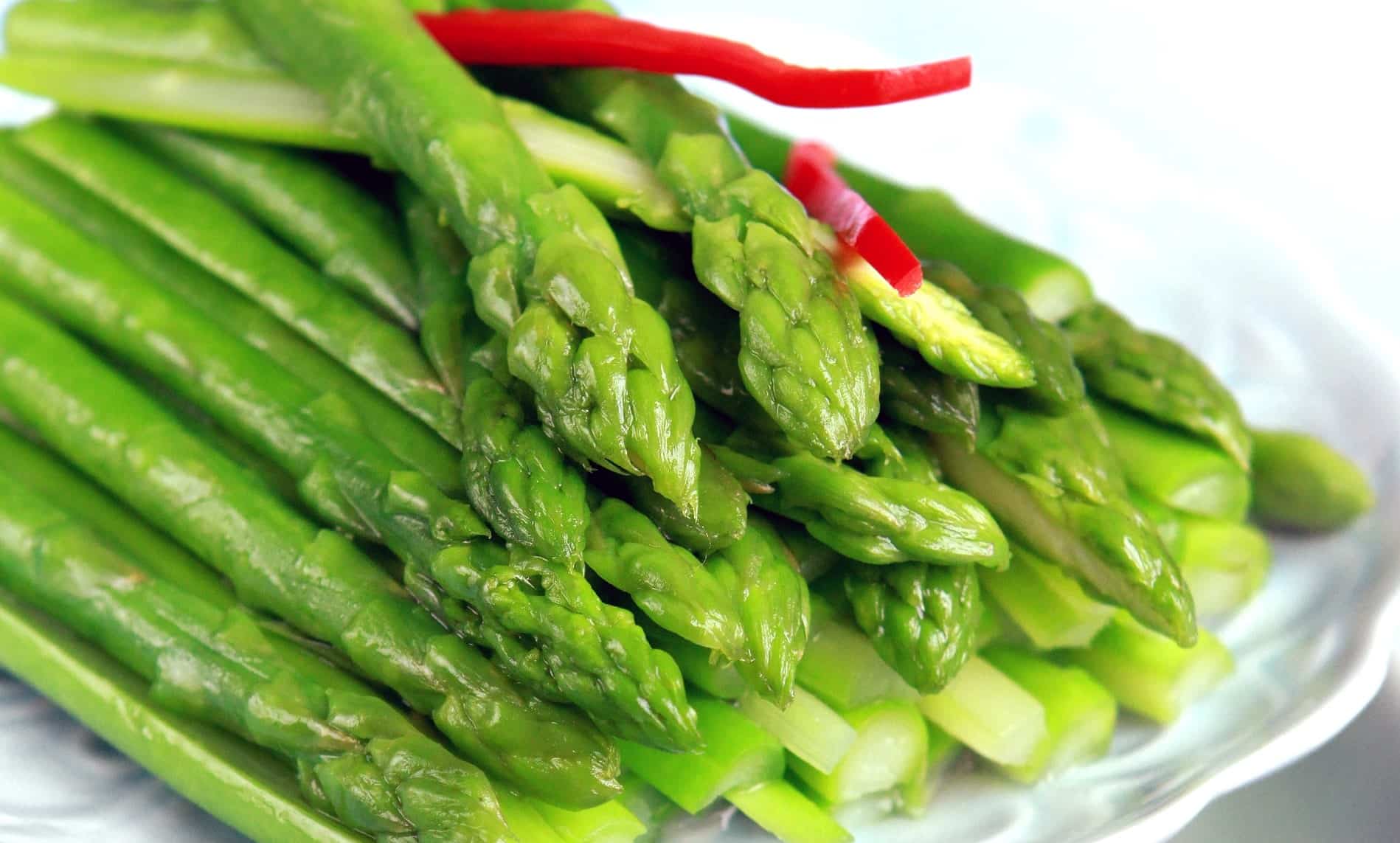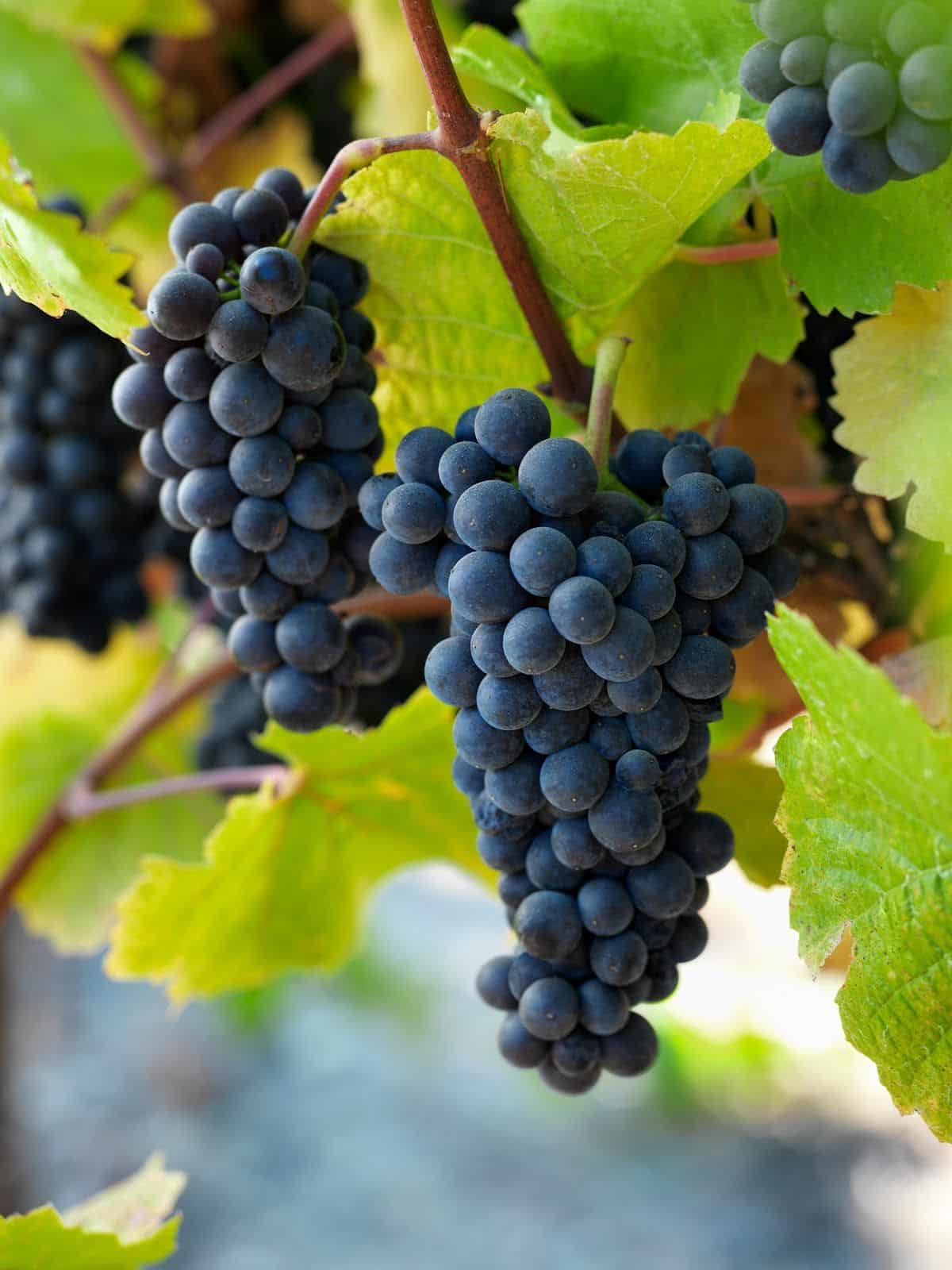Visit Lesser-Known Wineries in Sonoma
Visit Lesser-Known Wineries in Sonoma
Blog Article
The Insider's Guide to Sonoma Wine Tastings
Understanding the nuanced vocabulary associated with winery wine tasting is important for each novices and seasoned connoisseurs alike. Each term brings to life the experience of tasting wine and can enhance one’s appreciation of the numerous intricacies involved. Wine tasting is more than just drinking; it's an art that involves varied senses and emotions.
To begin with, the term "nostril" refers to the aromas one detects when smelling the wine. This is a vital step because the bouquet sets the stage for the tasting experience. Notes of fruit, spice, earth, and wood might mingle, offering a glimpse of what the palate would possibly affirm. Understanding "nosing" the wine can dramatically elevate one's sensory journey.
One Other key aspect is the term "body." The body of the wine describes its weight and fullness on the palate. A full-bodied wine has a strong presence and tends to linger longer after swallowing. Conversely, light-bodied wines could really feel extra delicate and refreshing. Recognizing the physique helps tasters assess the wine's construction and stability.
Create Your Memorable Sonoma Wine Tasting Adventure 95407
The concept of "tannins" is significant in pink wine tasting. Tannins are compounds derived from grape skins, seeds, and stems, contributing to a wine's texture and aging potential. High tannin wines typically lead to a dry mouthfeel, whereas lower tannin levels yield a smoother experience. This distinction is particularly essential when pairing wines with food, as tannins can both complement or clash with certain dishes.
In addition to tannins, "acidity" plays a big position within the wine tasting experience. Acidity offers wine its crispness and liveliness - Culinary Options at Tasting Rooms in Sonoma County. Wines with higher acidity are usually refreshing and energizing, making them excellent companions for a wide selection of foods. Recognizing acidity can drastically enhance one’s food-pairing capabilities and general tasting enjoyment.
When delving into the flavour profile of a wine, one could encounter the term "end." The finish refers back to the aftertaste that lingers within the mouth after swallowing. A long finish is usually related to high-quality wines, because it signifies complexity and depth. A short end might suggest an easier wine. Understanding how to consider the finish can reveal much a few wine's character.
Exploring the "vintage" can also be integral to wine tasting terminology. The vintage denotes the 12 months in which the grapes were harvested. Different years can yield vastly completely different outcomes due to variations in climate situations. For occasion, a sizzling summer can produce extra concentrated flavors, while a cooler 12 months may yield more refined, nuanced wines. Understanding vintage allows for a deeper appreciation of a wine’s origin and potential.
Must-Visit Wineries in Sonoma County 95433
The term "terroir" encompasses the geographical and environmental components that contribute to a wine's distinctive character. Elements such as soil sort, climate, elevation, and topography all play a role within the flavor and quality of the wine. This connection to put helps one perceive why wines from completely different areas can style so distinctively totally different, even when created from the identical grape selection (Chill with Spectacular Views while Tasting Pinot Noir).
When participating with wines, the phrase "leg" refers again to the droplets that type on the inside of the glass after swirling. These droplets can indicate the wine's alcohol content material and viscosity. Whereas observing the legs won't directly relate to the wine’s taste, it provides to the general experience and intrigue of wine tasting less transparent.
Immerse Yourself in the World of Sebastopol's Wineries 95405
A extra particular term that will come up throughout tastings is "oak." The affect of oak barrels on wine can impart flavors corresponding to vanilla, toast, or spice. The diploma of oak getting older can range widely amongst wines, affecting each aroma and style. Understanding oak treatment provides insights into the winemaker’s choices and the resulting complexity of the wine.
In wine tasting, one might also hear the term "palate." The palate refers to the overall taste experience in the mouth. This encompasses sweetness, bitterness, acidity, and body. A well-balanced palate is essential for a harmonious tasting experience, and recognizing any imbalances helps assess the quality of the wine.
The experience of wine tasting is greatly enriched by understanding the terminology that accompanies it. Every term serves a function, enhancing the flexibility to convey ideas and feelings concerning the wine one's experiencing. This vocabulary bridges communication between tasters, sommeliers, and winemakers alike.

To totally enjoy wine tasting, it's important to engage all senses. The sight of the wine, its color, and readability can present perception into its age and quality. Swirling the wine releases aromas that heighten the olfactory experience, while the actual tasting permits for a whole analysis of the wine's profile.
Create Your Memorable Sonoma Wine Tasting Itinerary
In conclusion, understanding published here the detailed rationalization of winery wine tasting terminology greatly enhances the experience of tasting. Each term invites the taster to engage more deeply with the wine, encouraging connections to the senses, the winemakers, and the lands where the grapes are grown. This nuanced vocabulary creates a richer, more fulfilling wine tasting experience.
- Aroma refers to the scents launched by the wine, which might point out its grape variety and influence the tasting experience.
- Tannins are natural compounds found in grape skins, seeds, and stems, contributing to the wine's structure and aging potential.
- A finish, or aftertaste, is the lingering flavor sensation that remains on the palate after swallowing, often a key indicator of quality.
- Body describes the load and fullness of wine in the mouth, typically categorized as light, medium, or full-bodied.
- Terroir denotes the unique environmental characteristics of a vineyard that have an effect on the taste and quality of the wine, including soil type and local weather.
- Acidity is a important part that contributes to a wine's freshness and steadiness, impacting its growing older functionality and general flavor profile.
- Vintage indicates the year grapes were harvested and performs a major position in determining the wine's characteristics, reflecting specific climatic conditions.
- Decanting entails pouring wine from its bottle into one other vessel, allowing it to aerate and enhancing its flavors and aromas.
- A corked wine could additionally be tainted by a faulty cork, resulting in musty or off-putting flavors that detract from the wine's supposed profile.
- The term “legs” refers to the droplets that cling to the within of a glass after swirling, typically associated with the wine's alcohol content material and viscosity.undefinedWhat is the which means of "nose" in wine tasting?undefinedThe "nostril" refers to the aroma profile of the wine, which is detected by way of the sense of smell. It's an essential aspect of wine tasting, as aromas can reveal a lot about the grape selection, winemaking course of, and growing older.
How should I properly style wine?undefinedTo style wine effectively, follow these steps: observe the colour, swirl the wine to aerate it, take a mild sniff to capture the aromas, sip and let it coat your palate, and finally, note the end. This strategy helps in appreciating the wine’s complexity.
What are "tannins" and the way do they affect wine?undefinedTannins are natural compounds present in grape skins, seeds, and stems that contribute to a wine's construction and astringency. They can create a drying sensation in the mouth, and they additionally play a job within the wine's aging potential.
Must-Visit Tasting Rooms in Sebastopol 95461

What does the term "stability" mean in wine tasting?undefinedStability refers back to the concord between the different parts of a wine, such as acidity, sweetness, alcohol, tannin, and flavor depth. A well-balanced wine will have each of those parts supporting each other rather than overpowering the others.
What is the importance of "terroir" in wine tasting?undefinedTerroir encompasses the environmental factors—such as soil, climate, helpful hints and geography—that affect the traits of the wine produced in a particular area. Understanding terroir helps tasters appreciate the distinctive qualities that totally different areas impart to their wines.
What does "vintage" mean and why is it important?undefined"Vintage" signifies the 12 months when the grapes have been harvested. It is essential as a end result of it impacts the wine’s quality and characteristics, as climate conditions in the course of the growing season can significantly affect flavor profiles and aromatics.
What are "legs" and what do they signify?undefined"Legs" refer to the droplets that form and run down the within of a glass after swirling wine. Whereas they can indicate alcohol content material and viscosity, they don't determine quality—this is more about personal notion of richness.
Enjoy Award-Winning Pinot Noir and Chardonnay from Sonoma 95461
What does "full-bodied" imply versus "light-bodied"?undefined"Full-bodied" wines are wealthy, dense, and often have larger alcohol content material and complex flavor profiles, whereas "light-bodied" wines are more delicate and refreshing with a decrease alcohol content material. This distinction helps tasters understand the anticipated weight and mouthfeel of the wine.
How can I determine fruit flavors in wine?undefinedTo establish fruit flavors, think about the aroma and taste profiles. Swirl the wine, inhale deeply to seize the bouquet, and give attention to particular characteristics. Familiarity with typical fruit profiles of assorted grape varieties can enhance this identification course of.
What is "finish" in wine tasting?undefinedThe "end" refers to the aftertaste that lingers in the mouth after swallowing. A lengthy, complex finish is commonly a sign of high quality in a wine, as it displays the depth of flavor and overall craftsmanship within the winemaking process. Report this page